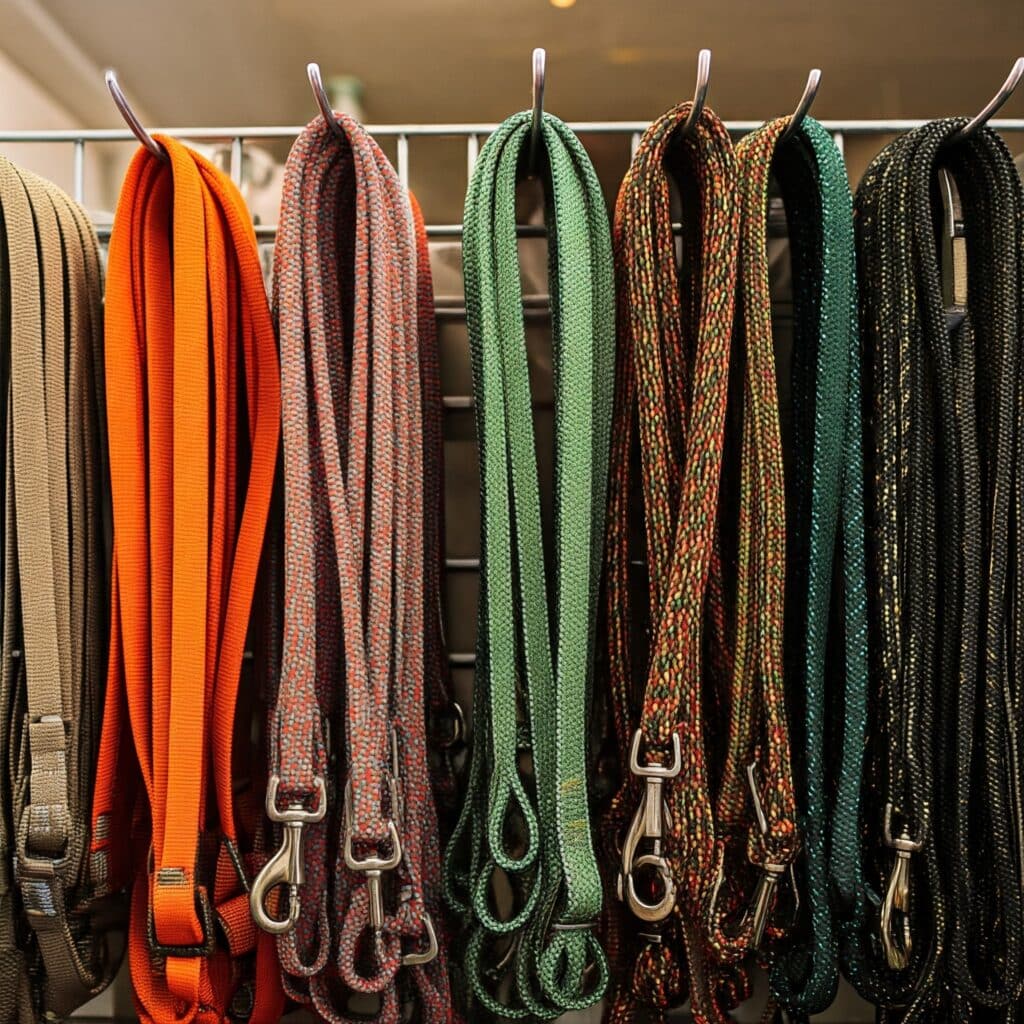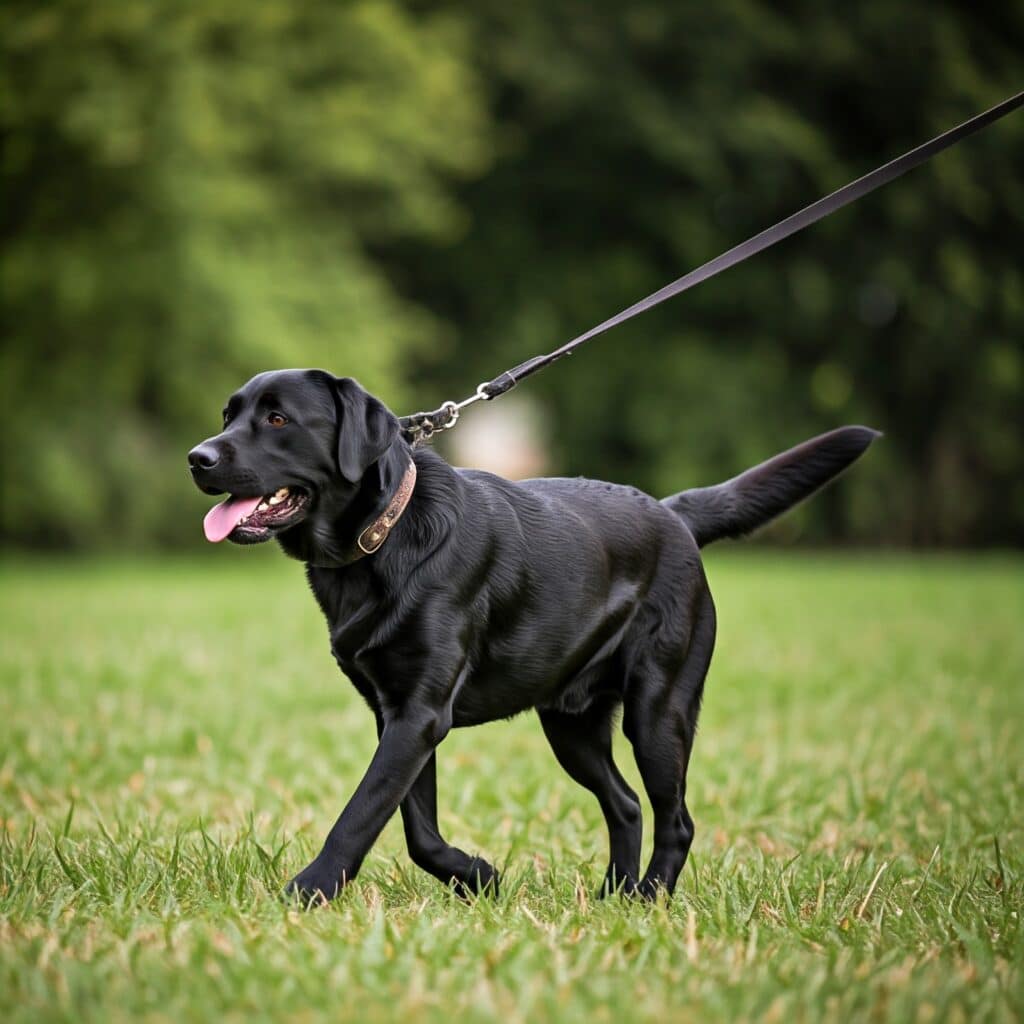One of the first skills every dog owner should teach their pet is how to walk on a leash. Whether you have a playful puppy or an adult dog, proper leash walking is essential for both you and your dog’s safety and enjoyment. When trained correctly, walking on a leash can become a relaxing and enjoyable experience, rather than a tug-of-war battle.
In this blog post, we’ll provide a detailed, step-by-step guide on how to teach your dog to walk on a leash. From choosing the right equipment to troubleshooting common issues, this guide covers everything you need to know to set both you and your dog up for success.
Why Leash Walking is Important
Before diving into the training process, let’s first take a moment to understand why leash walking is so important for both dogs and their owners:
- Safety: Walking on a leash helps you control your dog in public areas, preventing them from running into traffic, approaching other dogs or strangers without your permission, or getting into unsafe situations.
- Exercise and Mental Stimulation: Walking provides excellent physical exercise for your dog while also offering mental stimulation through new sights, sounds, and smells.
- Bonding: Leash walks are an opportunity to bond with your dog, offering both of you a chance to enjoy time together in a relaxed and structured environment.
- Socialization: Leash training allows your dog to experience the world at a comfortable pace while learning how to behave around other people, animals, and situations.
Now that we understand why leash training is so valuable, let’s move on to the steps involved in teaching your dog how to walk on a leash.
Step 1: Choose the Right Leash and Harness

Before you begin training, it’s important to choose the right leash and harness for your dog. The proper equipment can make a huge difference in the ease and comfort of training.
- Leash: A standard 4- to 6-foot leash is the best option for leash walking. Avoid retractable leashes, as they can encourage pulling and provide inconsistent control.
- Harness or Collar: For most dogs, a comfortable harness is preferable to a collar, as it provides better control without putting pressure on their neck. Look for a no-pull harness if your dog tends to pull, as these can discourage pulling behavior by gently redirecting your dog’s attention. Make sure the harness is properly fitted to avoid discomfort or chafing.
Step 2: Get Your Dog Comfortable Wearing the Leash
Before you can start training, your dog needs to get used to wearing the leash and harness.
- Introduce the Gear: Allow your dog to sniff and explore the leash and harness. Gently put the harness on them and let them wear it around the house for short periods. Give them lots of praise and treats to create positive associations with the new gear.
- Short Sessions: Start with short sessions of 5 to 10 minutes of wearing the harness and leash, gradually increasing the time as your dog becomes more comfortable. Some dogs may try to pull at the leash initially, but try to stay calm and patient, letting them get used to the feeling.
Step 3: Start Indoors with Leash Walking
Once your dog is comfortable wearing the leash and harness, it’s time to begin introducing the idea of leash walking. Start indoors in a quiet, distraction-free environment where your dog will feel relaxed.
- Get Your Dog’s Attention: Stand still with the leash in your hand and call your dog to you. You may want to use a cue like “come” or their name to encourage them to approach.
- Reward for Walking Toward You: As your dog starts to move toward you, reward them with praise or a treat. If your dog begins walking around, follow them, allowing them to explore the space while you stay calm and in control.
- Encourage Proper Positioning: When your dog walks beside you or remains in a position you prefer, reward them with a treat. This begins to establish the idea that walking calmly next to you is the desired behavior.
- Introduce Movement: Start walking around your space while keeping the leash loose. If your dog pulls ahead, gently redirect them by stopping and calling them back to your side. Be patient and consistent with your corrections. Use praise and treats whenever your dog returns to the correct position.
Step 4: Begin Outdoor Training
Once your dog is successfully walking on a leash indoors, it’s time to move the training outside. The outdoors presents new challenges, such as distractions and exciting sights, sounds, and smells. The key to success is remaining calm, consistent, and patient.
- Start with a Quiet Area: Begin your outdoor training in a quiet, low-distraction area like your backyard or a calm park. This will help your dog focus on you instead of getting overwhelmed by new stimuli.
- Focus on Short Sessions: Outdoor training can be overwhelming for some dogs, so keep sessions short—around 10 to 15 minutes at a time. Gradually increase the length of walks as your dog gets better at focusing on you.
- Use Positive Reinforcement: Continue to use treats, praise, and affection to reward your dog when they walk calmly beside you. If your dog pulls on the leash, stop walking immediately and wait for them to return to your side. When the leash is loose, start walking again. Consistently rewarding calm behavior and stopping when your dog pulls teaches them that walking politely on the leash is more rewarding than pulling.
Step 5: Teach “Loose Leash Walking”
One of the main goals of leash training is to teach your dog to walk on a loose leash, rather than pulling. Here’s how to do it:
- Stop When They Pull: Whenever your dog begins to pull on the leash, stop walking immediately. This signals to your dog that pulling does not get them anywhere. Wait until they return to your side or the leash becomes loose before continuing the walk.
- Reward Calm Behavior: As soon as the leash becomes loose again, reward your dog with praise or a treat. This teaches them that walking without pulling is the desired behavior.
- Practice “Heel”: If you want to take it a step further, you can teach your dog the “heel” command, which means walking closely beside you with the leash loose. To do this, use treats to guide your dog into the proper position and reward them for staying by your side.
- Increase Distractions Gradually: Once your dog is walking nicely on a loose leash in quiet areas, gradually increase distractions by walking in busier environments like parks or city streets. Be patient and use the same techniques of rewarding calm behavior and stopping when they pull.
Step 6: Troubleshooting Common Issues
Training your dog to walk on a leash can come with some challenges. Here are some common issues and how to address them:
- Pulling: If your dog is consistently pulling on the leash, consider switching to a no-pull harness or using a front-clip harness, which can help redirect their attention. Remember to stop walking when your dog pulls, and only continue when the leash is loose.
- Fear or Anxiety: Some dogs may be anxious about walking outside or may fear certain sights or sounds. If this is the case, start by walking in quieter areas and gradually introduce more stimulating environments. Use treats and praise to reassure your dog and build their confidence.
- Distractions: If your dog is distracted by other dogs, people, or smells, try using higher-value treats or toys to refocus their attention. Training in progressively more distracting environments will help your dog learn to ignore distractions and focus on you.
Conclusion
Leash walking is an essential skill that can lead to more enjoyable and safe walks for both you and your dog. With patience, consistency, and positive reinforcement, you can teach your dog to walk calmly by your side. Remember to start slow, reward good behavior, and gradually introduce more distractions as your dog improves. In time, leash walks will become a fun and relaxing experience for both of you. Happy walking!






